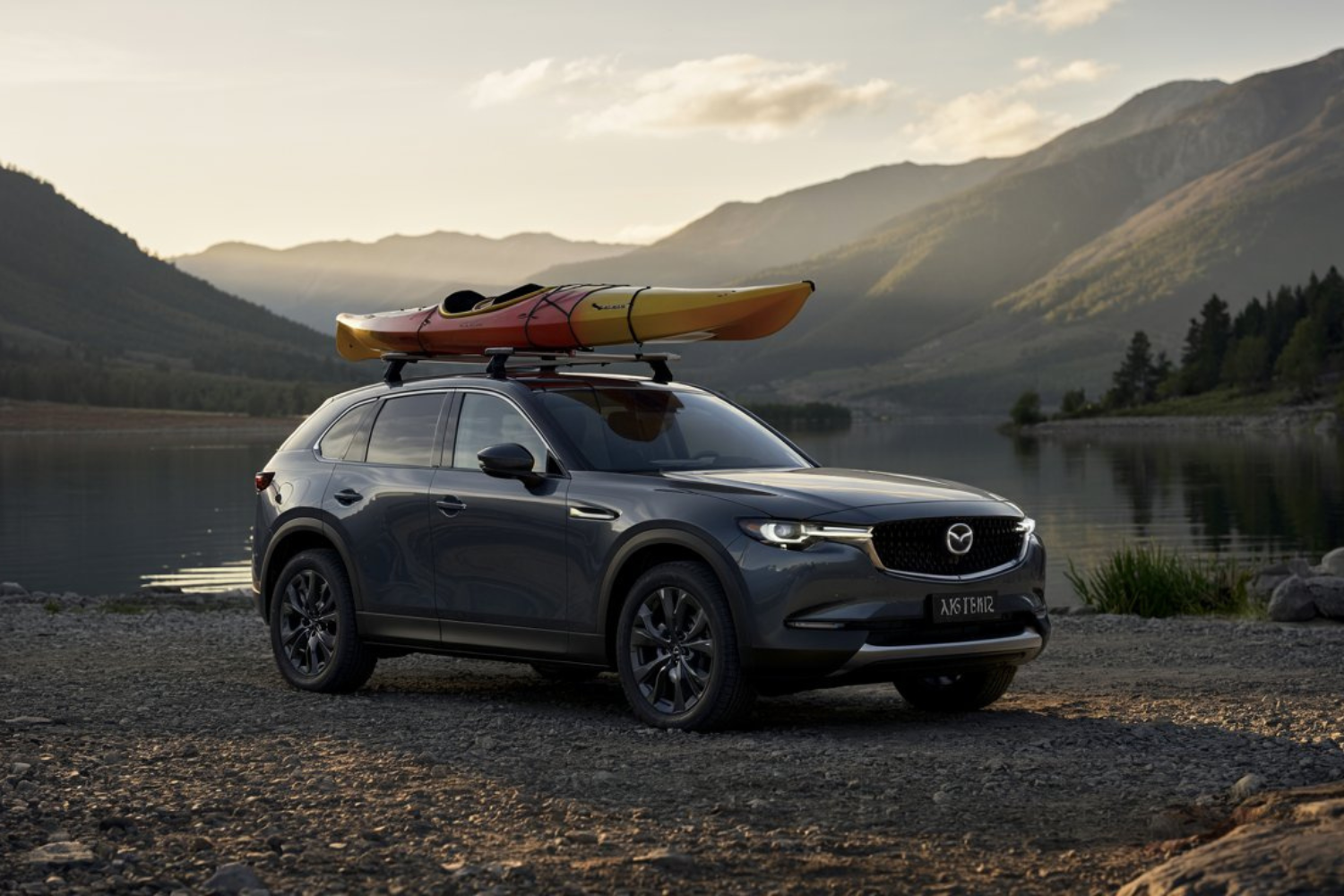
Price: $41,865 - $58,825
8 /10
Rating
Pros
- Refined, strong performance
- Luxurious, agile design
- Ample cargo capacity
Cons
- Higher pricing challenge
- No third-row seating
- Awkward gear shifter
Overview: 2025 Mazda CX-70
Mazda’s latest mid-size SUV blends stylish design with a two-row layout that prioritizes cargo practicality over third-row space. The rear seats comfortably fit five, though taller passengers might find legroom tighter compared to the Jeep Grand Cherokee. Clever slots in the underfloor storage add flex, but the trunk lacks separate compartments—a missed opportunity for organizing smaller items.
Performance shines in the hybrid variant, delivering peppy city driving, though merging at speed feels slightly underwhelming next to the turbocharged CX-90. The steering stays precise, even during quick swerves, but the tires prioritize comfort over sporty grip. While the sound insulation impresses, the powertrain’s muted tone won’t leave enthusiasts thrilled.
Trim levels offer flexible options, but the top-tier variant feels identical to mid-tier specs except for cosmetic tweaks. The wheelbase matches its CX-90 sibling, giving it a stable ride, yet the model’s design leans more toward roadsters than rugged SUVs—think of it as sharing some stylistic DNA with the Mazda Miata RF, just in a more practical suit. It carries forward Mazda’s design elegance seen in models like the Mazda CX-5, but with added hybrid sensibility. Compared to hatchbacks or year-old rivals, its cargo capacity is impressive, but shuffling bulky items requires rotating the rear seats—a chore.
Is it a smart decision? For families valuing refined styling over practical extremes, yes. The CX-70’s warm interior and company-first hybrid tech make it a fresh option in Mazda’s lineup. Just don’t expect it to install itself as the ideal choice for those needing larger space or thrilled by raw performance.
What's New in the 2025 Mazda CX-70?
Refreshingly, the updates focus on hybrid tech and exterior tweaks. The 3.3-liter inline-six now pairs with a mild hybrid system, while a four-cylinder-based hybrid joins the lineup—though its acceleration feels more practical than punchy. Outside, blacked-out bumpers and 21-inch wheels (optional) sharpen the nameplate’s styling, but the glossy black plastic trim near the rear scratches easily during cargo loading.
Inside, Amazon Alexa integration adds convenience, though voice commands occasionally lag—like asking a driver to repeat emergency directions. The underfloor storage beneath the seating area is hidden genius, fitting a week’s groceries or a floor mat-covered yoga bag. But the front trim’s chrome accents glare in sunlight, and rear side-window visibility shrinks with the blacked-out pillars. Small gripes, but worth noting.
Mazda CX-70 vs. CX-90: What's the Difference?
Comparing the two, the CX-70’s two-row layout prioritizes sportiness over the CX-90’s three-row practicality. During a week with both, the CX-70 felt nimbler on winding roads, its shorter wheelbase masking bumps better, while the CX-90’s extra heft became apparent during sharp deceleration. Inside, the CX-70 trades the CX-90’s hidden storage and sprawling cargo space for a driver-focused cabin with smoked chrome accents and snugger seating. Both share the same infotainment setup, including Alexa integration for hands-free commands, but the CX-90’s technology suite adds emergency stopping support—a perk for families.
Where the CX-70 shines is in styling: its black exterior accents and narrower side-window profile give it a distinctive edge over the CX-90’s bulkier designs. However, the CX-90’s three-row flexibility and color schemes like deep metallic red suit those needing space. While the 2025 updates bring shared drivetrains, the CX-70’s five-seat configuration and tighter rear handling make it ideal for urban drives, whereas the CX-90’s plastic-heavy door compartments hint at its budget-friendly model positioning.
Competitors to know
Shopping this midsize segment? The Hyundai Santa Fe feels roomier for families, while the Subaru Outback nails outdoor readiness with clever storage tricks the CX-70 misses. Jeep Grand Cherokee outmuscles it in raw performance, and the Kia Sorento’s plug-in-hybrid option appeals to efficiency fans—though both cost more. For comfort with a luxury edge, the Acura RDX A-Spec shines, but Mazda’s style and driver-focused setup hold their own. Vyocar ranks it among top-rated picks for balance, but don’t skip test-driving the Honda Passport if cargo space tops your list.
Pricing, Trim Levels, and Best Choice
Budget-minded? The base trim starts at $41,865, offering essentials like a digital gauge display and a 12-speaker Bose stereo system. Stepping up to the mid-tier unlocks a panoramic sunroof and 21-inch wheels, but the $58,825 top trim feels steep—you’re mostly paying for a head-up display and a hands-free power liftgate that rivals offer standard.
My recommendation: Stick with the mid-version. Its powerful inline-six engine (with 60 ponies over the base) balances price and upgrade perks. Skip the system-heavy top model unless you crave that sunroof drama. Just know the liftgate’s convenience is almost worth the extra cost—until you realize it’s optional elsewhere.
Powertrain, Transmission, and Driving Dynamics
Mazda’s turbocharged 3.3-liter inline-six delivers 340 horsepower and 332 lb-ft of torque—enough for confident highway merges, though hard acceleration triggers a reluctant downshift from the eight-speed automatic. The plug-in hybrid powertrain pairs a 2.5-liter four-cylinder with an electric motor for 323 hp, but its 26-mile electric range trails rivals. During my 2-week test, the base engine felt smooth-running in daily driving, though 23 mpg fuel economy disappointed compared to the hybrid’s 24/28 mpg EPA estimate.
Driving dynamics lean sporty: the platform feels nimble on twisty roads, and steering-wheel-mounted paddle shifters add engagement. Not unlike the 2020 MX-5 Miata, wind noise creeps in at speed, and the nonhybrid’s loud exhaust note clashes with its comfortable cabin. The PHEV’s battery pack adds weight, dulling agility—cornering lacks the sure-footed precision of BMW’s X5.
Charging the 17.8-kWh battery via a Level 2 charger took 11 hours, and juicing it mid-route felt tedious. Still, the top-notch materials and quiet hybrid operation make commutes pleasant. For total output, the Turbo S model (with 280 horsepower tuned to 340 hp) hits 60 mph in 6.3 seconds—quick, but not class-leading.
Mazda nails smooth-running shifts and comfortable ride quality, yet the CX-90’s same setup feels better refined. If fuel economy matters, skip the turbocharged gas engine; the hybrid’s 26 miles of EV range suits short trips. Just don’t expect plug-in thrills—this is driving for practicality, not passion.
Fuel Efficiency and Driving Range
Curious about real-world numbers? The Turbo S model averaged 23 mpg during my 75-mph highway test—close to its EPA 25 mpg combined rating. The base plug-in-hybrid version stretches to 29 mpg gas-only, but its all-electric range maxes at 26 miles—enough for school runs, not road trips. Mazda’s website touts thriftier city numbers, yet my week of mixed driving matched the EPA’s 28 mpg highway fuel-economy estimate. For better efficiency, rivals like the Hyundai Santa Fe Hybrid outpace it, but the CX-70’s balance of information and fuel economy keeps it competitive for buyers interested in style over sipping fuel.
Premium Interior and Comfort
Entering the cabin, quilted leather upholstery and contrast stitching immediately signal upscale intent. My Turbo S Premium Plus tester added Nappa leather and textured metallic accents, though hard plastics on the lower dash remind you this isn’t a true luxury setup. The panoramic roof floods the open-feeling cabin with light, and ambient lighting softens night drives—though I’d trade the dark leather door pulls for greige to brighten the black-heavy theme.
Front seats offer heating and ventilation, with ample padding for long hauls, but second-row legroom (38.4 inches) trails the Honda Passport by 1.6 inches. At 6’1”, my knees brushed the seatback, and headroom (39.3 inches) felt cramped compared to rivals. Still, outboard rear seats cradle better than most, and the five-seater layout keeps the cargo hold generous.
Soft materials dominate touchpoints, but the wood-aping trim near the shift knob looks cheaper up close. The steering wheel’s two-tone leather feels luxurious, yet door panels lack the perforated inserts of pricier models. For broad strokes, Mazda nails an upscale experience—just don’t expect Genesis-level polish.
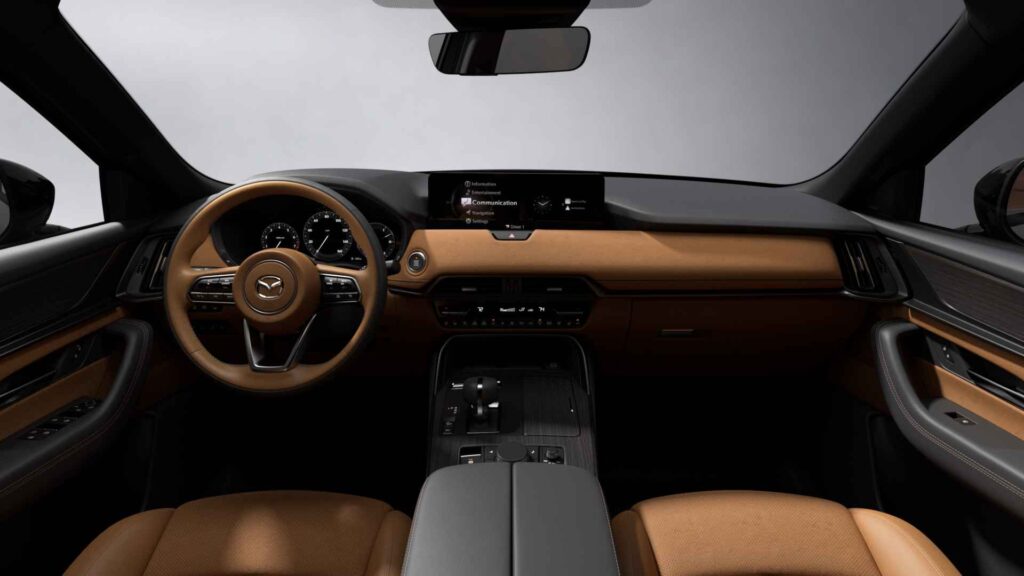
Cargo Space and Practicality
Practicality? The CX-70’s cavernous cargo hold (41.2 cubic feet) swallows luggage or gear easily—outpacing the Honda Passport (39.8 cubes) and BMW X5 (40.0). Underfloor storage compartments add additional space for smaller items, though the PHEV’s floor sits higher, reducing underfloor space. Fold the second row flat, and you could nearly camp out inside. But rear passenger doors open narrowly, complicating bulky item loading, and tight rearmost seating (even in this two-row SUV) limits taller passengers. Compared to the three-row CX-90, it’s a different beast—prioritizing cargo area over people-hauling.
Infotainment, Connectivity, and Smart Tech
Testing the Turbo Premium model’s 12.3-inch center display reveals sharp graphics, but its positioned screen feels smaller than average—stretching to reach while driving. Wireless Android Auto and Apple CarPlay work seamlessly, though my phone projection glitched twice, forcing a USB cable reboot. The 7.0-inch driver display packs vital action data, yet lacks the premium customization of the CX-50. While the head-up display impresses, Mazda’s insistence on a touchscreen-free setup (except for trims like the S Premium) discourages quick inputs. Compared to cars like the CX-30, its mission accomplished vibe fades—drivers wanting latest tech may find rivals big on innovation.
Safety and Driving Support
Mazda’s i-Activsense suite, standard on the 2025 CX-70, includes automated emergency braking and pedestrian detection—both worked reliably during sudden emergency deceleration tests. While the adaptive cruise control adjusts smoothly, lane-keeping systems occasionally overcorrect on winding roads. The IIHS named it a Top Safety Pick, but NHTSA hasn’t released crash test scores yet. Compared to the CX-90’s more polished active driver assistance, this driver-assistance setup feels unresponsive during aggressive stopping scenarios.
Key features:
✅ Standard automated emergency braking and pedestrian detection.
✅ Adaptive cruise control struggles on sharp curves.
✅ IIHS Top Safety Pick with robust crash ratings.
Mazda Warranty and Maintenance Plan
Mazda’s limited warranty (3 years/36,000 miles) trails the Toyota Highlander 5-year coverage, but its powertrain warranty (5 years/60,000 miles) matches most rivals. The CX-70 lacks complimentary scheduled maintenance—unlike the Hyundai Palisade 3-year plan—forcing buyers to budget for oil changes. While the protection plan extends coverage, its value depends on driving habits; my local dealer pitched it as “peace of mind” for long-term owners.
Key features:
✅ 5-year/60,000-mile powertrain warranty aligns with segment standards.
✅ No complimentary maintenance unlike Hyundai’s 3-year offering.
✅ Optional protection plan adds cost but extends coverage.
Mazda CX-70 models
Exploring the lineup, the 3.3 Turbo and CX-70 PHEV cater to distinct priorities. The base 3.3-liter turbocharged inline six-cylinder engine delivers 340 hp through an eight-speed automatic transmission, offering smooth acceleration but occasionally feeling heavy in tight corners. Opting for the 3.3 Turbo S bumps power to 365 hp, though fuel economy dips noticeably—a trade-off for spirited drivers. The plug-in hybrid pairs a 2.5-liter four-cylinder engine with a plug-in hybrid system for a combined output of 323 hp, blending responsiveness and efficiency. However, its all-electric power range is limited, making it better suited for short commutes than long hauls.
Trim choices—Preferred, Premium, and Premium Plus package—add luxuries like heated rear seats or a head-up display, but some tech features feel dated next to rivals. While the hybrid operation transitions seamlessly, the cabin’s five-passenger layout lacks the flexibility of segment leaders. For highway cruising, the modified version of Mazda’s chassis shines, but urban drives highlight its heft. If you prioritize driving polish over cutting-edge tech, it’s compelling—just manage expectations around hybrid versatility.
| Trim Level | Features |
|---|---|
| 3.3 Turbo Preferred |
|
| 3.3 Turbo Premium |
|
| 3.3 Turbo S Premium and PHEV Premium |
|
| 3.3 Turbo Premium Plus |
|
| 3.3 Turbo S Premium Plus and PHEV Premium Plus |
|
Base 3.3 Turbo AWD: $40,445 + destination
Mid-tier Premium/Premium Plus: $45,900 – $48,900
High-output 3.3 Turbo S: $52,450 – $54,400
Plug-in Hybrid PHEV: $55,950 – $57,450
Gallery:
Images by Hafiz Sikandar | Vyocar


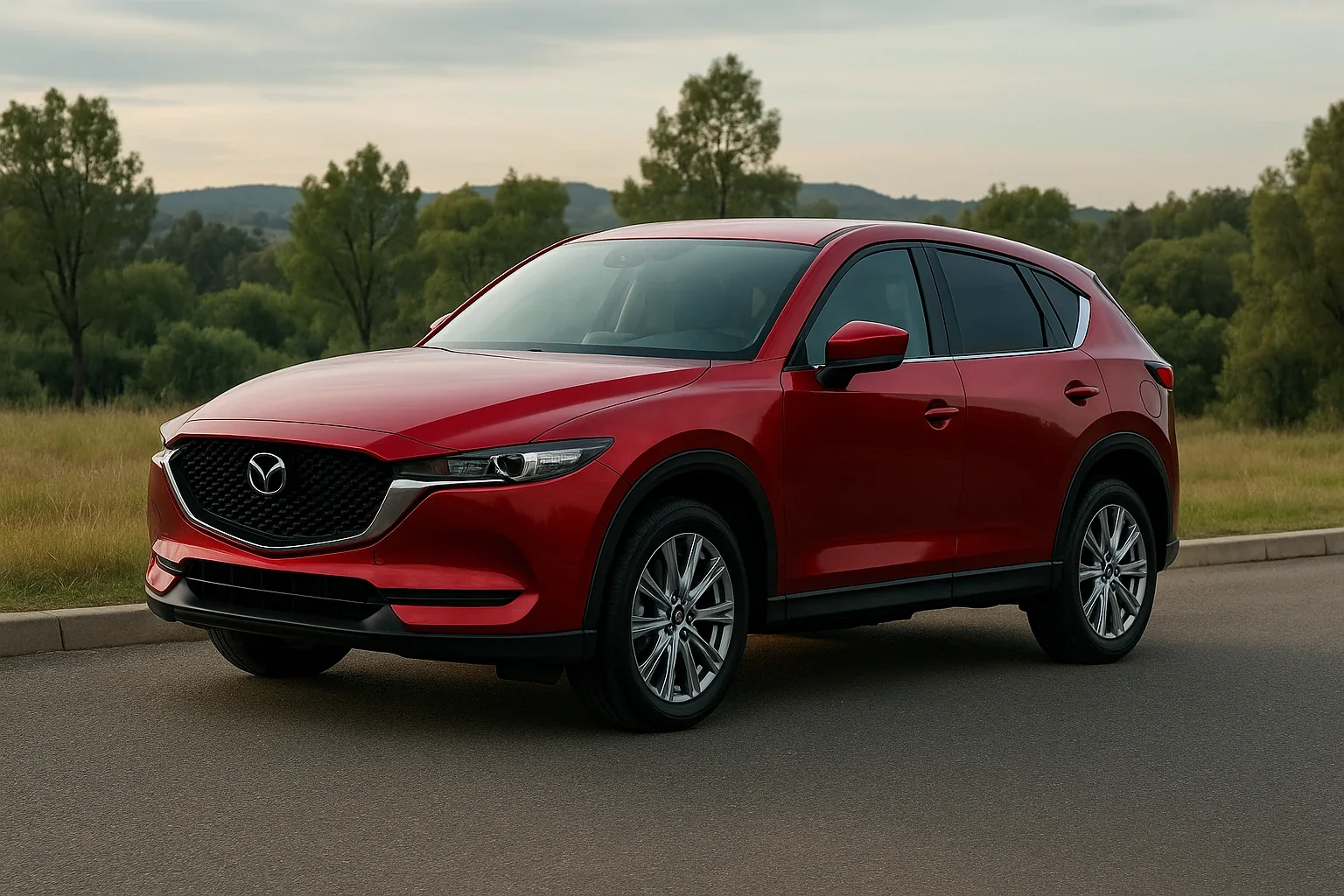
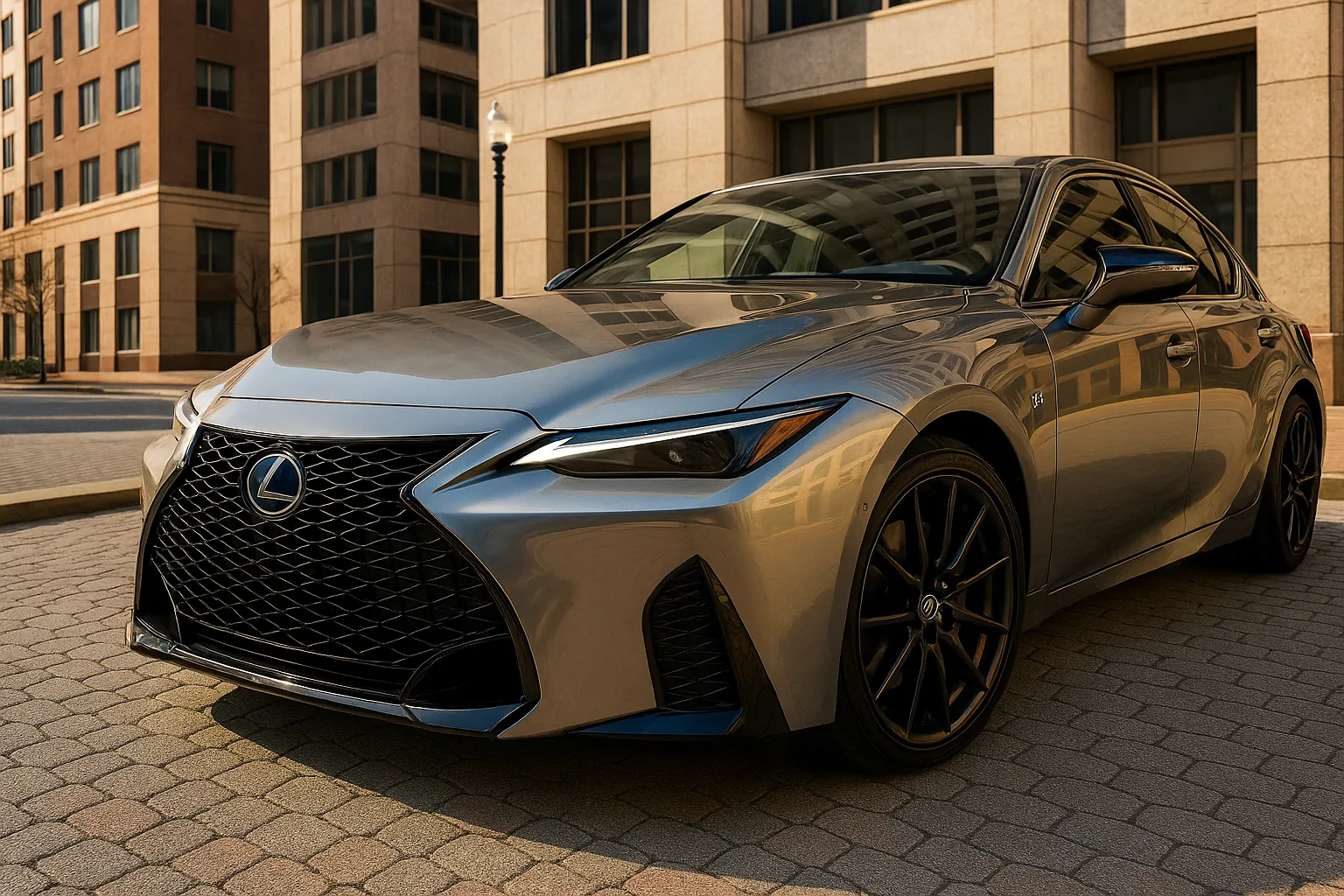
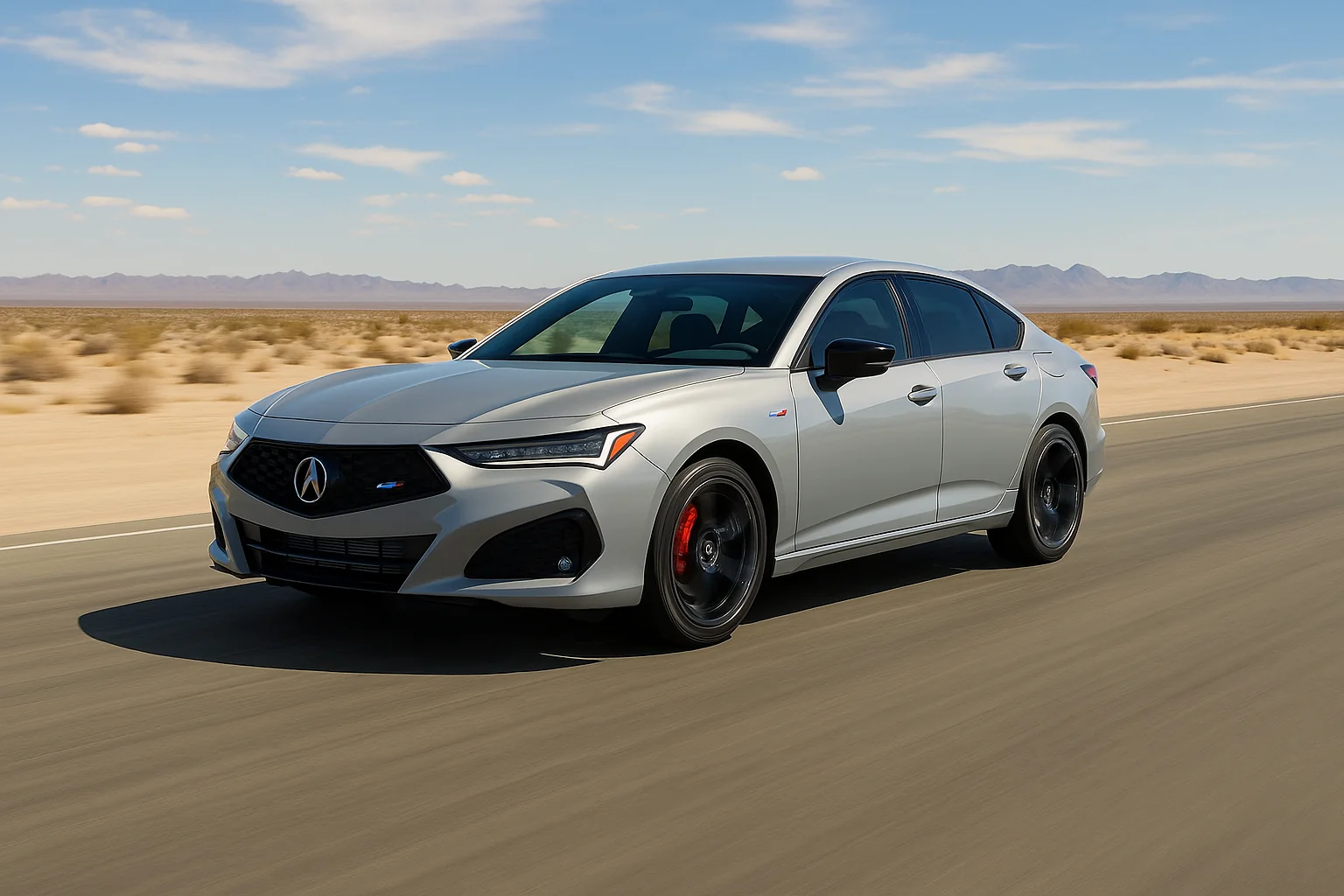

This Post Has 4 Comments
Pingback: 2024 VW Atlas SEL Premium R-Line: Real-World Review
Pingback: 2025 Volvo V60 Cross Country Review: Wagon With Style
Pingback: 2021 Mazda 6 Signature Review: Luxury Feel, Sporty Drive
Pingback: 2025 Acura TLX Type S Review: A Sleeper That Stuns